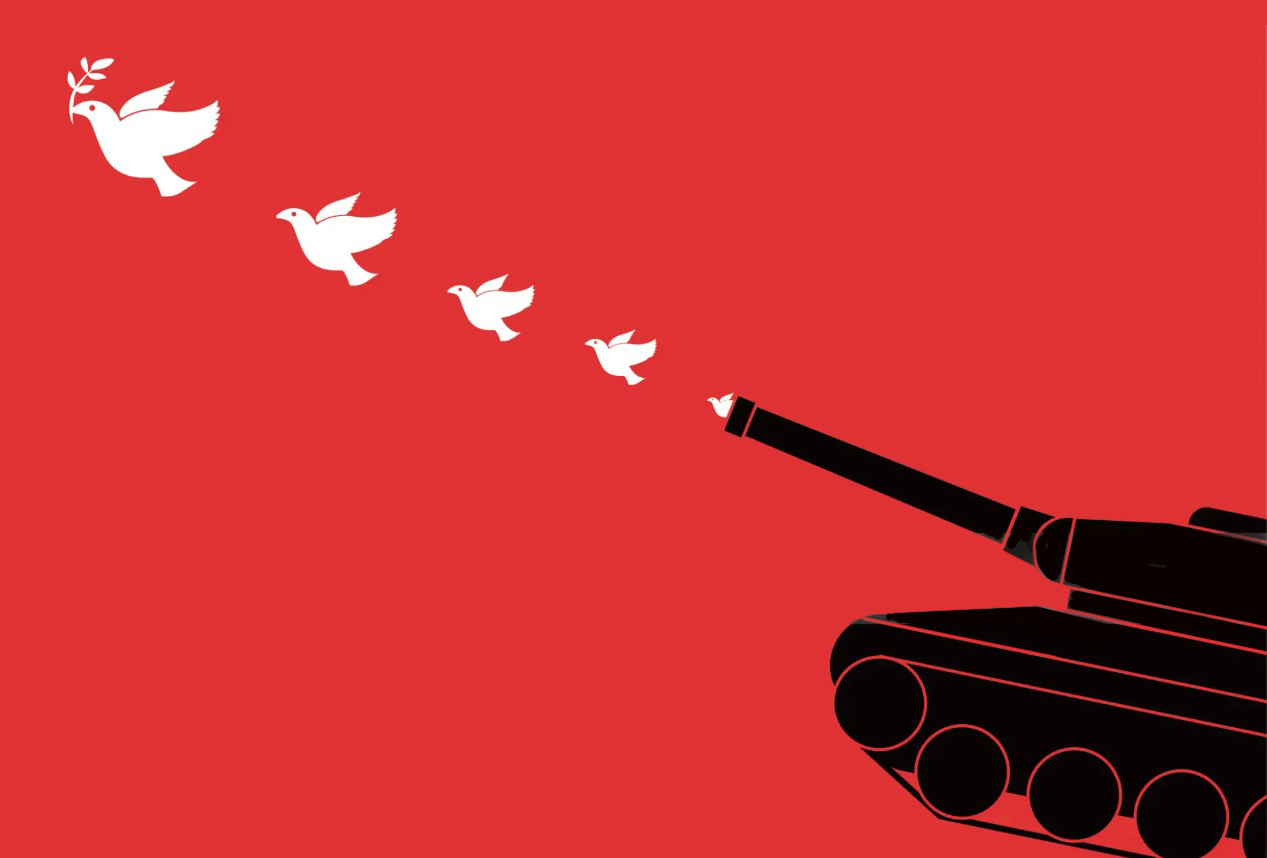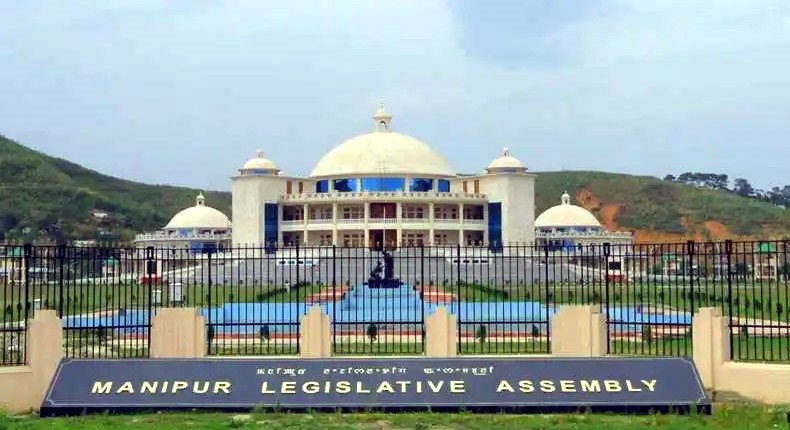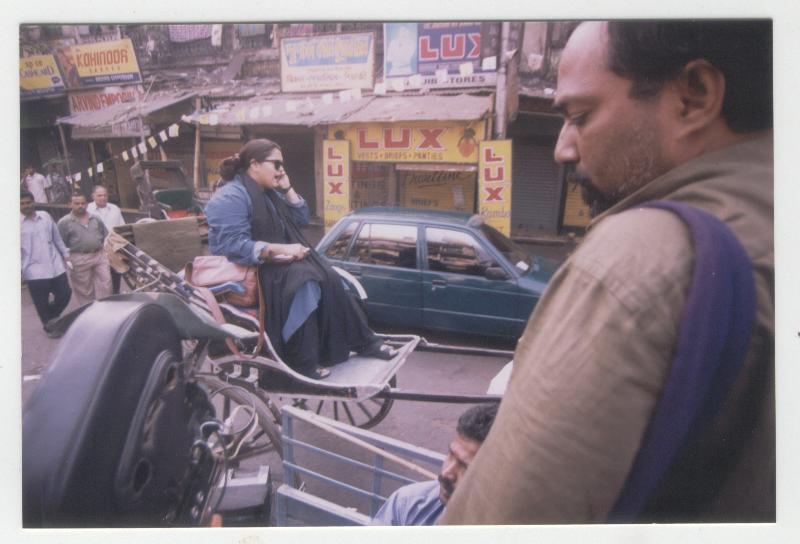The massacre of innocents at Pahalgam in Kashmir shocked the nation and the world. It was one of those moments when civilisation and its values seemed completely eclipsed by a dark, atavistic madness in humans, which great literature such as Joseph Conrad’s Heart of Darkness and William Golding’s Lord of the Flies provided terrifying glimpses of.
It was indeed an Apocalypse Now moment. What, however, is equally frightening and surprising is that it took just five radical murderers to overturn a nation’s composure so completely and expose what now seems no less than a primordial faultline running deep in the heart of India, along a religious line. In Kashmir, this faultline seems even deeper—for here, the trouble is more than about religion, but also sub-nationalistic aspirations among a section of Kashimiris for secession from India.
The surge of retributive anger along with a swell of patriotic fervour in India following the carnage can only be the oxymoronic phrasal adjective “terrible beauty” that poet W B Yeats used to describe the mix of fear and admiration he felt while silently watching ordinary people transform to become possessed by an awesome energy almost overnight in the wake of a similar surge of Irish nationalism around the Easter of 1916.
This visible current mass psychology in India as a response to a single terror attack has another story to tell. No spark can cause an inferno if there was to be nothing to catch fire in the first place. Hence, the normalcy that had supposedly been restored in this beleaguered state now seems a veneer just enough to camouflage a deeply entrenched scar in the minds of ordinary Indians, needing only a spark to bring back old distrust, resurrecting the spectre of the old emotional wall which can cause the further isolation of Kashmir.
It also means that the apparent peace and stability that came after the containment of the prolonged violent public agitations following the August 2019 abrogation of Article 370 of the Constitution, which gave Kashmir a special status within India, was not much more than what conflict scholar Johan Galtung has called ‘negative peace’—which is the mere absence of overt violence. Even if such a peace gets stabilised and normalised, it remains no more than a ‘frozen conflict’ where hostilities are kept suppressed, but is far from a comprehensive ‘positive peace’, marked by an all-round sense of justice among all stakeholders, reached consensually through give-and-take deals that leave no party in a losing position.
This analogy of the spark and the flame can also throw valuable light on the readiness to jump to conclusion, rightly or otherwise, that the trouble in Kashmir is a proxy, and that the instigator is the usual suspect—Pakistan. Even if this is proven, the truth is if Kashmir were to have been in a state of ‘positive peace’, no instigation from anywhere would have had any effect worthy of being considered a serious threat to peace and normalcy, or to the nation’s security as such.
The fragility of a ‘negative peace’ hence is what is being demonstrated in this unfolding tragedy. Surely, a majority of Kashmiris would not be endorsing such acts of mindless terror, even if many of these same Kashmiris are also among those who feel the weight of alienation from the Indian mainstream. Confirming this, several photographs and videos emerging from the terror scene show local Kashmiris helping surviving victims. Unfortunately, these do not make materials for screaming headlines. Nationalism by itself is exclusive, but groundswells of ultra-nationalism can numb all thoughts of the possibility of virtues in those on the other side of the conflicted divide.
There is yet another reality faced in societies exposed to prolonged civil unrests or violent conflicts which is revealed in this unfolding crisis. It is a truism that on each side of any conflict, there would be sabre-rattling hawks as well as docile, peace-loving but silent or silenced doves. It also is most of the time true that it is the hawks, even if they constitute a small percentage of the total population, are the ones who get to be heard and seen.
Observers not sensitive enough to discern this difference generally go back with the impression the hawkish voices represent the mood ofthe entire community. Sadly, this time too, the crime of just five murderous radicals is threatening to change the entire narrative of Kashmir amid the emotive surge of powerful nationalistic emotions. Hopefully, voices of moderation will also grow to provide the balance sooner than later, and the state’s as well as the people’s response to the shocking crime will be more precise and surgical than indiscriminate.
Those from the conflict zones of the Northeast will have little trouble understanding these troubling thoughts on the fragility of ‘negative peace’ or to see that ‘frozen conflicts’ do not amount to comprehensive and lasting peace—or for that matter, peace at all. As in Kashmir, they have also had to watch with hurtful consternation in so many situations, the tendency of being treated as the ‘other’ in the conflict binary, by the Indian state as well as ordinary citizenry.
Not all, but much of the national media too, who at other times are little aware or attentive of the issues in the Northeast, para-troop into the region in times of newsworthy conflicts and end up trying to fit the conflict dynamics in the region—which are never as straightforward as in other parts of India, or even Kashmir—into the conflict templates they are familiar with, giving very wrong diagnoses of the problems at hand. At other times, they come with their ideological baggage to offload, again ending up with reportage painfully contrary to how actual stakeholders understood their own lived experiences.
No civil conflict is unidimensional, and therefore no comprehensive solution to them can be unidimensional either. Many of the factors behind these conflicts too tend not to show on the conflict radar therefore go unnoticed. Efforts must however be to identify these invisible stakes and stakeholders within before a conflict can be resolved comprehensively.
This article was first published in The New Indian Express. The original can be read HERE












